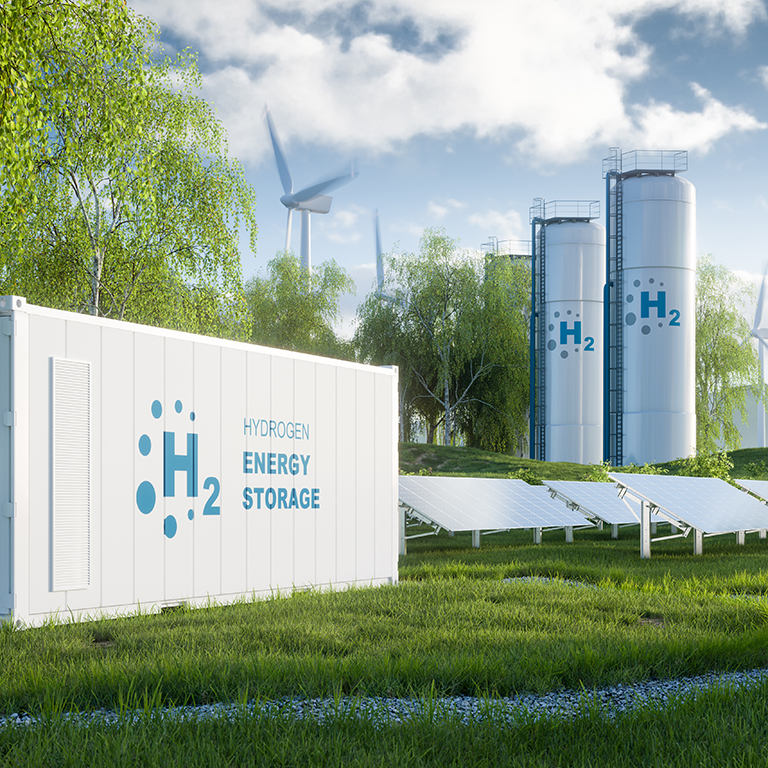Unlocking the Potential of Hydrogen: Transportation and Storage Challenges
Key Ideas
- Hydrogen's potential to decarbonize industries, transportation, and power generation is driving the need for efficient transport and storage infrastructure.
- Ammonia, liquid hydrogen, liquid organic carriers, and compressed hydrogen via pipelines are key methods explored for transporting hydrogen globally.
- Challenges such as energy loss in ammonia cracking, the technical complexity of liquid hydrogen, and hydrogen embrittlement in pipelines need to be addressed for effective implementation.
- Storage limitations due to hydrogen's high energy content by weight but not by volume require specialized solutions like well-insulated vessels or liquid organic carriers.
The article discusses the importance of hydrogen as a fuel source for enhancing energy security and mitigating climate change. Hydrogen's potential to decarbonize hard-to-abate industries, transportation, and power generation is highlighted, emphasizing the need for scaling up infrastructure for safe transport and storage. Current methods include pipelines, liquid ammonia, liquid hydrogen, and liquid organic hydrogen carriers. Each method presents benefits and risks, requiring careful risk assessment. Challenges such as energy loss in ammonia cracking, technical complexity of liquid hydrogen, and hydrogen embrittlement in pipelines are outlined. The article also explores storage limitations due to hydrogen's characteristics, detailing solutions like well-insulated vessels for liquid hydrogen or liquid organic carriers. Despite the challenges, the sentiment is positive about hydrogen's potential, with ongoing global efforts to innovate and address transportation and storage hurdles for widespread adoption.
Topics
Projects
Infrastructure
Energy Security
Industry Decarbonization
Transportation Solutions
Storage Methods
Climate Mitigation
Latest News
